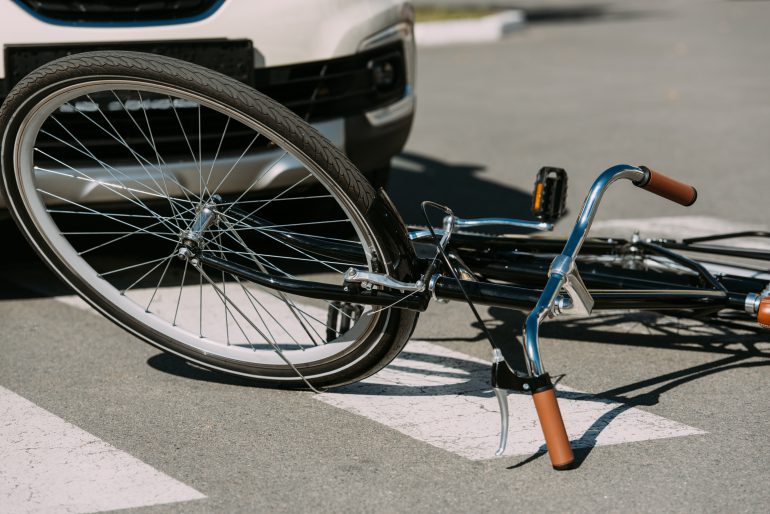The number of people killed in road accidents rose by more than a quarter in 2022: from the number was upby 155 to reach 737, the highest since 2008. This information has been shared by the Central Bureau of Statistics (CBS). Forty per cent of people killed on the road last year were of cyclists, while 30 per cent were of car users. In numbers, this is 291 cyclists and 255 car users. The number of fatal accidents increased the most among those over 60 years of age. Last year, 54 per cent of deaths were among those of 60 years and above. Children constituted a small percentage of deaths, at only 3 per cent. Gender-wise, in the last year, 522 men were killed in road accidents compared to 215 women.
Half of the cyclists died as a result of collisions with delivery cars. In a quarter of cases, the deaths were not caused by collision, but other reasons. Some of these include collapsing (e.g. through a heart attack) while commuting, steering errors, slippery road surfaces and or feet being tangled in the spokes of a bike. More than two-thirds of these casualties were among people above 70 years of age.
Region-wise, North Brabant is the most dangerous area, with 140 road casualties, followed by South Holland, Gelderland and North Holland. All of these provinces recorded an increase in road casualties. For example, in North Holland, the number of victims increased from 88 to 93. In the province of Utrecht, the number of road fatalities fell, but in Drenthe, Overijssel and Zeeland, the number doubled compared to 2021.
‘Considering the fact that over the past ten years, the figures of road safety have not shown a downward trend, last year’s sharp increase in the number of road deaths has thrown back road safety by 14 to 15 years,’ said Martin Damen, Director of the Institute of Road Safety Research. The minister of Infrastructure Mark Harbers said that the increase was not unexpected, but it was alarming. ‘The number of road casualties must be reduced by making roads and cycle paths safer,’ said the minister. 50 million euros is being channelled into innovative measures for bicycle safety, while 200 million euros will go to national highways in the next few years.
In 2018, the government, provinces, municipalities and civil organizations presented an action plan to drastically reduce the number of road deaths. The goal was to have zero deaths by 2030. However, a report titled Choosing or Sharing, released last year by the Institute of Road Safety Research, showed that it would be hard to halve the number of road casualties and that to do so additional measures need to be implemented.
Effective measures that are needed to reverse the trend are not always the easiest measures or the ones that gain a lot of support. It is up to politicians to be aware of the urgency and to set priorities in this respect. In the 1990s, this urgency took shape in the emphatic Sustainable Safety policy, with money for effective measures. However, after that, the urgency seemed to fade away.
The Institute of Road Safety Research suggested some measures to help with the problem. These included improving cycling safety, which could cause major momentum in increasing safety. Others were creating asafer cycling infrastructure, the compulsory use of bicycle helmets, speed-reducing measures for cars (such as reducing the maximum speed for cars from 50 to 30 km/h in built-up areas), and double the amount of speed cameras to improve enforcement.
Paul Broer, Traffic Portfolio Holder at the National Police, said that municipalities and provinces should thinkmore about what they can do to improve road safety. He noted some of the areas of focus to be on the lighting of local roads and the creation of cycle paths. Due to the presence of more and more different types of bicycles, especially new and fast electrical bikes, the question is whether the cycle paths are adequate to house these faster bikes together with traditional ones. Broer also called for more national information campaigns around the holidays, specifically aimed at driving under the influence. ‘Even if you were to save only two drivers from a serious accident, you would already have done a big job,’ concluded Broer.
Written by Stephen Swai
